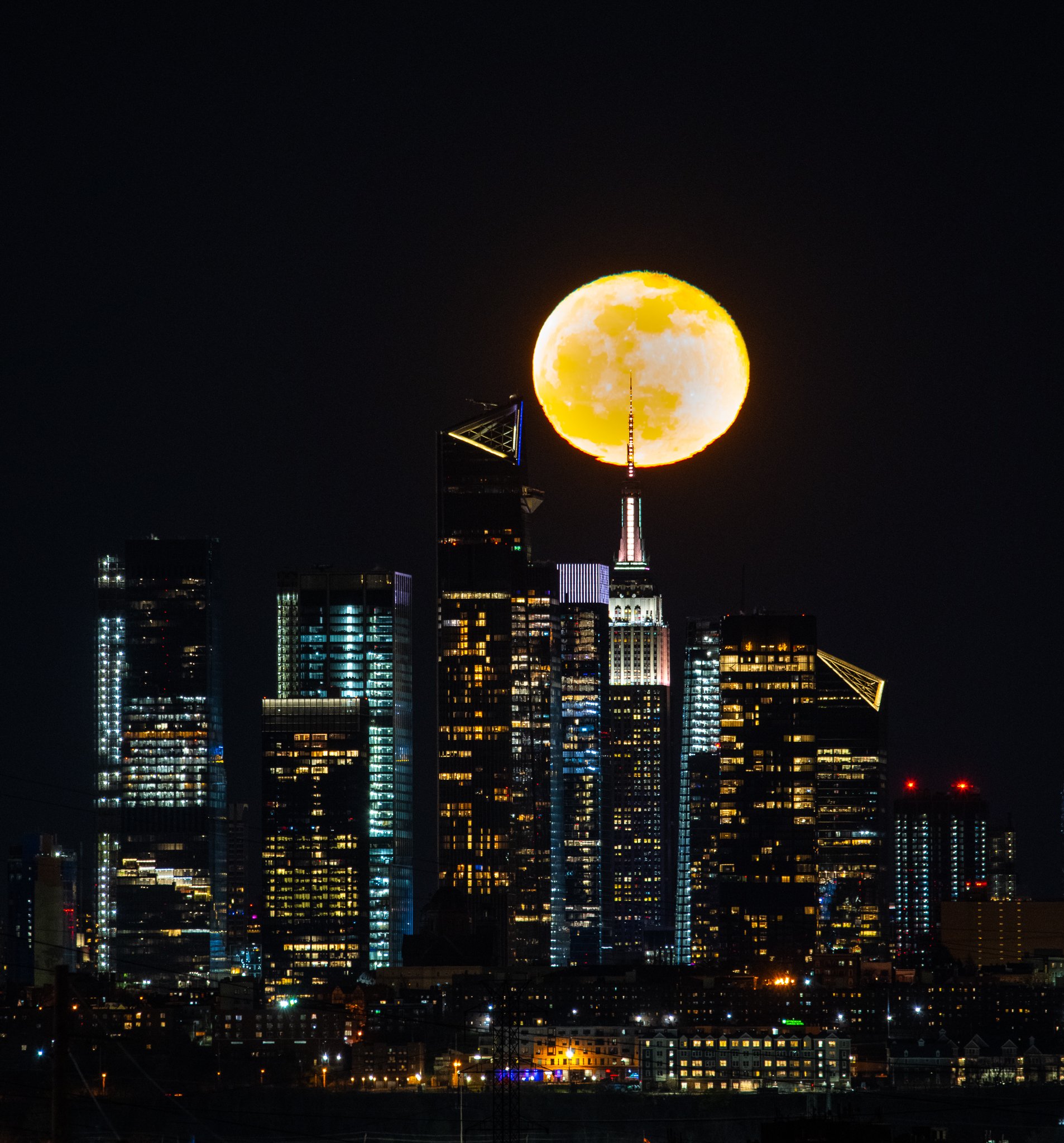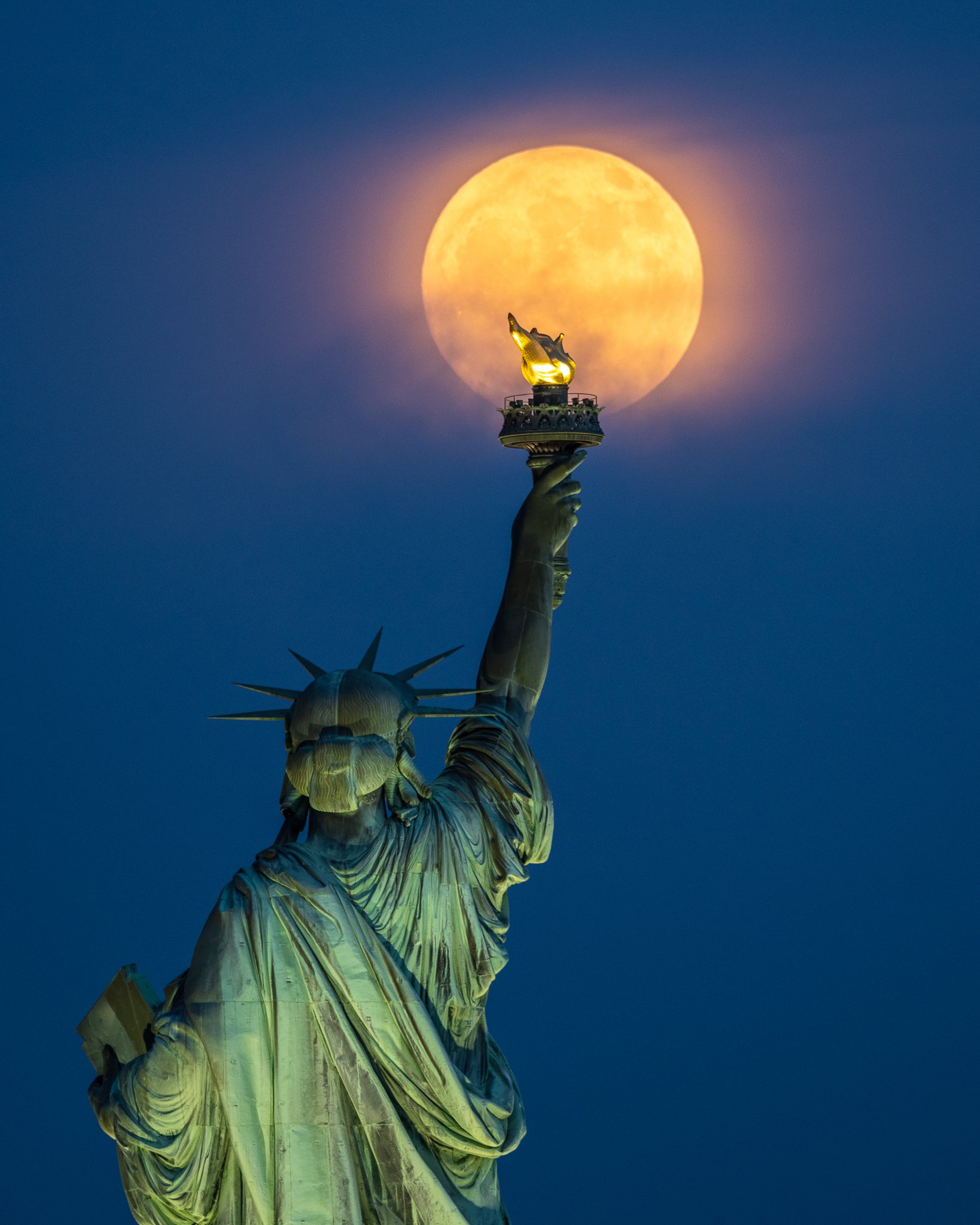Introduction
September 2023 isn't merely a transition into cooler days and longer nights. This month, the universe has penned a special note for all sky-gazers and photographers: the Super Harvest Moon. As this oversized lunar gem shines brighter and larger, it presents a golden opportunity for celestial photography. Add to this the other fascinating night-sky wonders of late September, and it's a month studded with stellar spectacles.
Diving Deeper into the Super Harvest Moon
The title "Harvest Moon" has ancestral roots, linking back to times when farmers relied on its luminance to work late into the night during the harvest season. As the moon orbits our Earth, its distance varies, and when it's closest to us during its full phase, we call it a "supermoon." Combine this proximity with the timing of the Harvest Moon, and you get a brilliant celestial display – the Super Harvest Moon. The fourth and final consecutive supermoon of 2023 will rise at the end of September, just a few days after the fall equinox takes place, according to experts. Beginning Sept. 29, the supermoon will rise in the skies.
The Pink Moon rising above Osborne Castle in New York
Essential Techniques for Moon Photography
To start, a DSLR or mirrorless camera that allows for manual adjustments is paramount. The moon is brighter than you might think, and auto settings can often misjudge its luminance. Pairing your camera with a telephoto lens (at least 200mm or longer) will help you fill the frame with the moon's details. A sturdy tripod is another must-have, ensuring sharp images and stability, especially when using longer focal lengths or slower shutter speeds.
The aperture should be set around f/8 to f/11 for crisp details, and the shutter speed can be adjusted as needed — often faster than expected, such as 1/125s, given the moon's brightness. Remember, the 'Looney 11' rule — setting the aperture at f/11 and shutter speed equivalent to the ISO setting — can be a handy starting point. Depending on the time of day (or night) and if you are using a foreground with your moon photo, your ISO will vary. During golden hour it’s possible to shoot no higher than ISO 1000 while if you are shooting in the dark of night your ISO could be higher. It just takes practice to understand the right settings. Lastly, always shoot in RAW format, providing greater flexibility in post-processing to bring out the moon's intricate features. Armed with the right gear and these settings, you're well on your way to capturing the moon's timeless allure.
Crafting a Narrative with Foregrounds
Most images taken of the moon occur just as it rises to several minutes later. This provides you with an opportunity to capture it at a point where it appears at its biggest, also allowing for a foreground to be used for contrast. The longer focal length also compresses the image, adding more “size” to the moon.
Urban Landscapes: Position the moon behind skyscrapers, bridges, or city horizons to craft a blend of nature and urban life.
Moving Vehicles: A car or train in motion, with the Super Harvest Moon in the backdrop, can add dynamism.
Natural Elements: Rocky outcrops, high cliffs, or even autumn trees can be used to frame the moon or form contrasting layers.
Human Interaction: Think of scenarios, such as a couple watching the moon or children playing under its light, weaving a story into the scene.
The full moons rises behind The Edge in NYC
Full moon catches fire from the Statue of Liberty torch
Harvest Moon rising behind the Veteran’s Monument in High Point State Park, NJ
Helpful Apps
In the world of photography, capturing the moon's ethereal beauty is a challenge that blends artistry with precise planning. With the vast digital resources available today, photographers no longer rely solely on guesswork and raw experience. A suite of mobile applications, specifically tailored for moon and astrophotography, offer real-time data, simulations, and forecasts to enhance the shooting experience. Whether you're tracking the moon's phase, predicting its trajectory, or ensuring clear skies, these apps serve as invaluable tools in a moon photographer's toolkit. Here's a curated list of some of the best apps that every moon photography enthusiast should consider.
PhotoPills: This comprehensive app offers sun and moonrise/set times, virtual reality features to preview the sky at a future date, and depth of field calculations, making it a top pick for many photographers.
The Photographer's Ephemeris (TPE): TPE provides detailed sun, moon, and night sky parameters. Its map-centric sun and moon calculator allows photographers to see how the light will fall on the land.
Clear Outside: While not moon-specific, this app provides reliable weather forecasts crucial for photographers. It helps predict cloud cover, ensuring you know when the skies will be clear for moon shots.
Lunar Phase: This provides a visual calendar of moon phases, along with rise and set times, making planning easier.
Stellarium Mobile Sky Map: This is a portable planetarium for your phone. It beautifully illustrates stars, planets, and satellites, including the moon, to assist with planning.
Post-Processing: Enhancing the Celestial Magic
Balance Highlights and Shadows: Ensure that the moon's details aren't lost while also bringing out features in the darker parts of the image.
Noise Reduction: Longer exposures, especially at higher ISOs, can introduce noise. Use noise reduction tools judiciously to maintain clarity.
Tonal Adjustments: Play with color temperature to either warm up or cool down the image, depending on the mood you aim to evoke.
Conclusion
The Super Harvest Moon of September 2023 is more than just an astral event; it's a bridge connecting us to the cosmos and to centuries of human wonderment. As photographers, every shot we take under its glow is a salute to this timeless bond. So, as the day gives way to night, let your imagination soar, and let every click be a tribute to the dance of the universe.
Managed to seize a piece of this September's cosmic ballet with your camera? We'd love to see it. Share your experiences, techniques, and of course, your masterpieces in the comments below. Together, we'll journey through the vast expanse of the cosmos, one frame at a time.
A near full moon rises above the David Dinkins Manhattan Municipal Building in lower Manhattan, NYC





